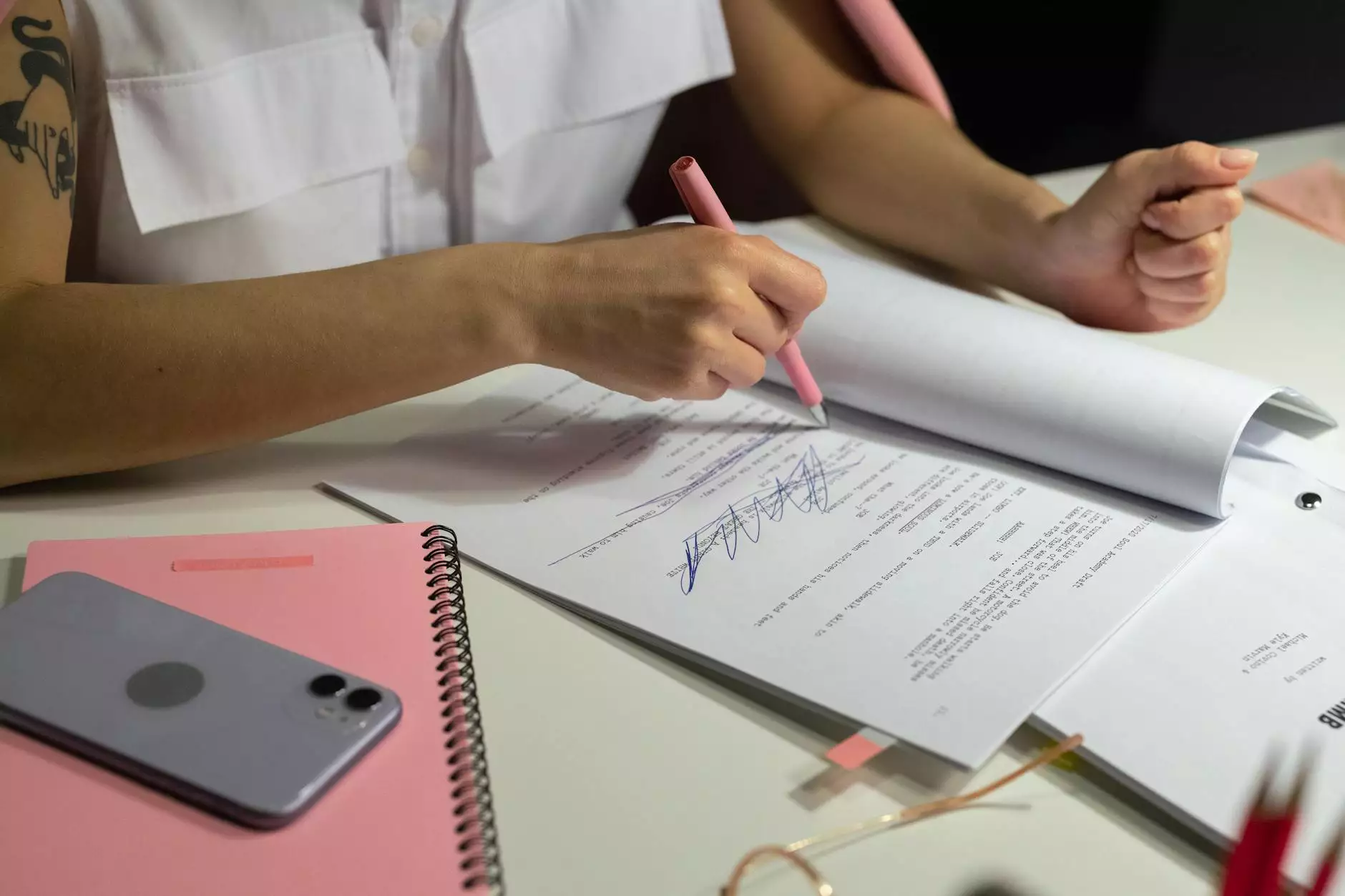Understanding the Radiofrequency Vein Ablation Procedure

What is Radiofrequency Vein Ablation?
The radiofrequency vein ablation procedure is a minimally invasive treatment for varicose veins and chronic venous insufficiency. This procedure uses radiofrequency energy to heat and close off affected veins, redirecting blood flow to healthier veins. By effectively sealing these problem veins, patients can experience a significant reduction in discomfort and improved aesthetic appearance of their legs.
Why Choose Radiofrequency Vein Ablation?
Patients often ask, "Why should I consider the radiofrequency vein ablation procedure?". The answer lies in numerous benefits that come with this treatment, making it a preferable option for many individuals suffering from venous issues.
- Minimally Invasive: Unlike traditional vein surgery, radiofrequency ablation requires only small incisions, resulting in less pain and faster recovery times.
- Quick Procedure: The entire treatment usually takes less than an hour, allowing patients to return to their daily activities promptly.
- Local Anesthesia: The procedure is performed with local anesthesia, minimizing risks associated with general anesthesia.
- Effective Results: Studies have shown that radiofrequency vein ablation has a high success rate, significantly alleviating symptoms and improving the patient’s quality of life.
- Minimal Downtime: Most patients can resume their regular activities within a day or two, making it a convenient choice for those with busy lives.
How Does the Procedure Work?
Preparation for the Procedure
Before the radiofrequency vein ablation procedure, patients will undergo a comprehensive evaluation. This evaluation often includes:
- Medical History Review: Your doctor will review your medical history, assess symptoms, and determine suitability for the procedure.
- Ultrasound Imaging: An ultrasound will be conducted to visualize the venous problem areas and guide the treatment.
Step-by-Step Procedure
Once a patient is cleared for the procedure, the following steps are typically taken:
- Local Anesthesia: The area around the affected vein is numbed using local anesthesia to ensure patient comfort.
- Catheter Insertion: A thin catheter is then inserted into the vein through a small incision.
- Radiofrequency Energy Application: The catheter delivers radiofrequency energy, heating the vein's walls to promote closure.
- Monitoring: Ultrasound may be used throughout the procedure to monitor progress and ensure accuracy.
- Post-Procedure Evaluation: After the treatment, the doctor will assess the site and provide aftercare instructions.
What to Expect After the Procedure?
Immediate Aftercare
Post-procedure, patients may experience some mild discomfort, similar to a muscle ache, which can typically be managed with over-the-counter pain relievers. It is advised to:
- Wear Compression Stockings: These may be recommended to promote blood circulation and healing.
- Avoid Strenuous Activities: Patients should refrain from heavy lifting or intense exercise for a short period.
- Follow-Up Visits: Regular follow-up appointments will ensure optimal recovery and monitor the success of the procedure.
Long-Term Results
Most patients report significant improvements in their symptoms within a few weeks after undergoing the radiofrequency vein ablation procedure. Benefits may include:
- Reduced Pain and Discomfort: Many patients experience immediate relief from symptoms associated with varicose veins.
- Improved Appearance: Aesthetic improvements are often visible, boosting self-confidence and quality of life.
- Long-Lasting Results: The procedure typically offers a long-term solution to varicose veins, with many patients enjoying lasting benefits.
Potential Risks and Concerns
As with any medical procedure, the radiofrequency vein ablation procedure carries certain risks. However, these are generally rare when performed by skilled professionals. Potential complications may include:
- Bruising and Swelling: Some bruising around the treatment area is common but usually resolves quickly.
- Blood Clots: Though uncommon, there is a slight risk of developing blood clots in the treated vein.
- Nerve Injury: In rare cases, patients may experience nerve damage, leading to temporary numbness or tingling.
- Infection: As with any incision, there's a risk of infection, but this risk is minimal.
Who is a Good Candidate for Radiofrequency Vein Ablation?
The ideal candidates for the radiofrequency vein ablation procedure are individuals experiencing symptoms related to varicose veins. Common indicators include:
- Leg Pain and Discomfort: Patients with aching or cramping in the legs, especially after prolonged standing.
- Swelling: Individuals experiencing swelling in their legs or ankles.
- Visible Varicose Veins: Those with noticeable, bulging veins that affect their appearance.
- Skin Changes: Persons whose skin exhibits discoloration or other changes due to venous issues.
Choosing the Right Specialist
When considering the radiofrequency vein ablation procedure, it’s essential to choose a qualified specialist with experience in vascular medicine. At Truffles Vein Specialists, our team of experts is dedicated to providing comprehensive evaluations and individualized treatment plans to address your unique needs.
In Conclusion
The radiofrequency vein ablation procedure represents a revolutionary advancement in the treatment of varicose veins, providing effective relief for patients without the need for major surgery. With its minimally invasive approach, quick recovery time, and high success rate, it is no wonder that more individuals are opting for this innovative solution.
If you're seeking a trusted provider of vascular medicine, look no further than Truffles Vein Specialists. Our commitment to patient care and satisfaction makes us a leading choice for those suffering from venous disorders. Don’t let varicose veins hold you back; contact us today to schedule a consultation and take the first step towards healthier legs.









